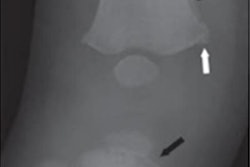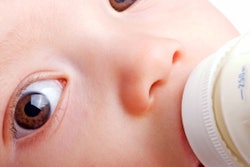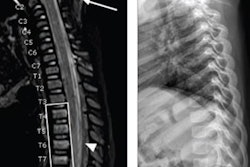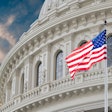A coalition of nine physician groups has issued a consensus statement to define what constitutes abusive head trauma (AHT) in children. The group hopes the statement will clarify the injuries of abusive head trauma and serve as a tool for the legal system in cases of child abuse.
No single injury defines abusive head trauma, so physicians frequently must make a diagnosis based on information collected through clinical histories, physical exams, and laboratory and imaging data. At the same time, medical testimony in legal cases of child abuse can often be contradictory, and the denial of abuse has become a significant medical, legal, and public health problem.
To address the issue, the consensus statement lists a series of criteria defining abusive head trauma:
- "Abusive head trauma" is currently the most appropriate diagnostic term to use.
- Relatively few infants with abusive head trauma have isolated intracranial injury without retinal hemorrhages, fractures, or other manifestations of child abuse.
- Infants suspected of having abusive head trauma should be evaluated for other diseases that could present with similar findings.
- There is no reliable medical evidence that other medical causes could produce injuries that mimic abuse injuries.
- There is no controversy about the methodology used for diagnosing abusive head trauma as a medical disease, unrelated to the legal determination by a judge or jury.
The nine groups included a variety of radiology and pediatric organizations, including the Society for Pediatric Radiology (SPR), the European Society of Paediatric Radiology (ESPR), and the American Society of Pediatric Neuroradiology (ASPNR).



















